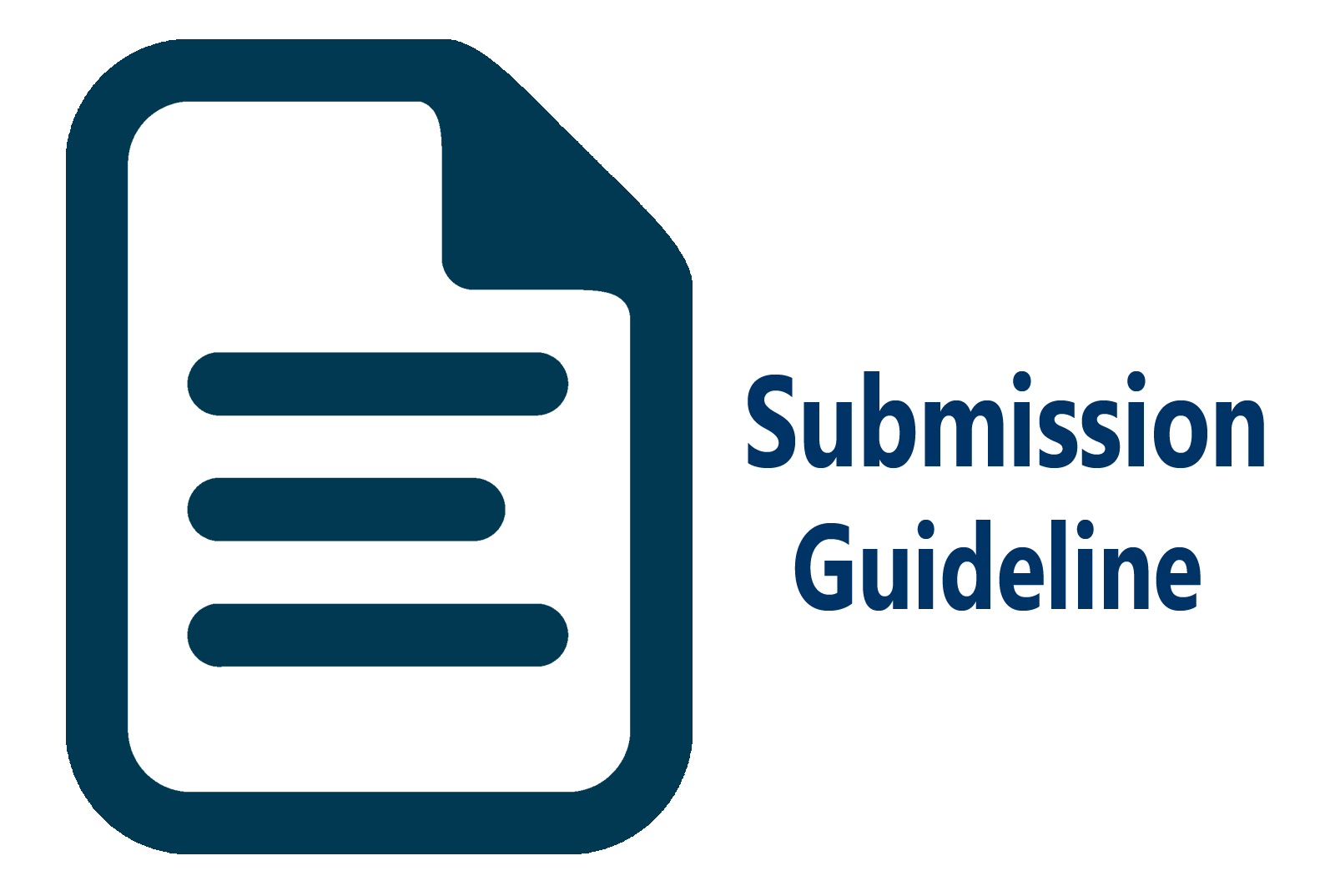- Focus and Scope
- Section Policies
- Peer Review Process
- Open Access Policy
- Archiving
- Author Fees
- Publication Ethic
Focus and Scope
Diniyah with e-ISSN: 2746-4113 is a forum which publishes an article in the form of the results of thought, research and community service education. This journal is for profesionals, academics,researchers, and scholars. The focus and scope of the published article is about primary and early year education related to the theory and practice of teaching and learning, curriculum development, learning materials, learning model, learning methods and instructional media. This journal publishes twice a year, May, and November.
Section Policies
Articles
Peer Review Process
Every manuscript submitted to Jurnal Diniyah is independently reviewed by at least two reviewers in the form of "double-blind review". Decision for publication, amendment, or rejection is based upon their reports/recommendation. In certain cases, the editor may submit an article for review to another third reviewer before making a decision, if necessary.
Open Access Policy
This journal provides immediate open access to its content on the principle that making research freely available to the public supports a greater global exchange of knowledge.
This journal is open access journal which means that all content is freely available without charge to users or / institution. Users are allowed to read, download, copy, distribute, print, search, or link to full text articles in this journal without asking prior permission from the publisher or author. This is in accordance with The Budapest Open Access Initiative.
Archiving
This journal utilizes the LOCKSS system to create a distributed archiving system among participating libraries and permits those libraries to create permanent archives of the journal for purposes of preservation and restoration. More...
Author Fees
Publication Ethic
All parties involved in the publishing process or publication of the Journal of Diniyah, i.e., Manager, Editor, Reviewer, or Author should understand and adhere to the norms or ethics of scientific publications. This requirement is based on the Head of LIPI Regulation no. 5 of 2014 on the Code of Scientific Publication. Basically, scientific papers for publication should consider the ethical values of publication: (i) Neutrality (free from conflicts of interest in the management of publications); (ii) Justice (respect the authorship rights); and (iii) Honesty (free from duplication, fabrication, falsification, and plagiarism (DF2P) in publication).
Description:
A. Duplication is publishing the same article in more than one publisher without updating content, data, and/or citing previous publications;
B. Fabrication is producing fake data;
C. Falsification is altering the data with the intent to conform to the researcher's wishes through the manipulation of research material, or research process, alter or exclude certain data or results in such a way that the research is not presented accurately;
D. Plagiarism is misusing ideas, thoughts, processes, objects, and results of the research, in the form of data or words/phrases, including research materials, research plans, and manuscripts without listing the source as an appreciation of pre-existing scientific work.
Duties and Responsibilities of Journal Manager
- Determine the name of the journal, scope of science, publication frequency, and submission of accreditation if necessary.
- Determine the membership of the editorial board.
- Respect confidential issues for the researchers, writers, editors, and reviewers.
- Review the journal policy and share it to the authors, editorial boards, reviewers, and readers.
- Identify published manuscripts in other scientific journals, to avoid duplicate publications.
- Provide guidance to the editors and reviewers.
- Publish the journal regularly.
- Ensure the availability of funding to maintain journal publication.
- Build networking and marketing for partnership.
- Prepare the license and other legality aspects.
Duties and Responsibilities of Editor
- Select articles to fit the readers' needs,
- Improve the quality of publications continually,
- Implement procedures to ensure the quality of published articles,
- Prioritize the freedom of opinion objectively,
- Maintain the integrity of the author's academic record,
- Deliver corrections, clarifications, withdrawals and apologies as needed,
- Responsible for the style and format of article writing, while the contents and all statements in the article are the responsibility of the author,
- Actively soliciting the opinions of authors, readers, reviewers, and members of the editorial board to improve the quality of publications,
- Remind the researchers about the ethical publications,
- Evaluate the impact of publication policy on the authors and partners to improve responsibility and minimize errors,
- Have an open-minded viewpoint to the new or contrary opinions,
- Avoid non-objective decision by not relying on self, authors, or third party opinions,
- Encourage authors to make improvements to the article before it published.
Duties and Responsibilities of Reviewers
- Receive the assignment from the editor to review the article and submit the review to the editor, to determine the feasibility of an article to be published.
- Reviewer shall not review the articles related to him or her, either directly or indirectly.
- Maintain the author's privacy by not disseminating the results of corrections, suggestions, and recommendations.
- Encourage the authors to make improvements to the article.
- Review the revised article as requested by the editor.
- Provide constructive feedback on articles received with improvement.
- Before accepting/rejecting the article, consider whether the article is in line with the field of knowledge/expertise of the reviewer, and whether they can finish the reviewing tasks.
- The results of the review will contribute to the decision of editorial board whether the article deserves to be published or not.
- Provide comments and special notes on each section in the article.
- In making recommendations of the review results, the reviewer need to explain in detail their reasons and judgments in deciding whether the articles are accepted, rejected or revised.
Duties and Responsibilities of Authors
- Ensure that the author(s) meets the criteria as follows: (a) have a significant contribution to the planning, compilation, data collection, analysis and interpretation of the data; (b) contribute significantly to the preparation, revision and finalization of the articles; and (c) be responsible for the accuracy and integrity of scientific writing.
- Submit the manuscript of the article in accordance with the guideline or template provided.
- Use the reference manager application.
- Ensure consistency of author’s identities and the number of authors who are registered in the submission process and those listed on the article.
- Include the institution's email address in the identity section.
- Explain the limitations of the study.
- Respond to comments made by the reviewer professionally and on time.
- Inform the editor in case the author wants to retrieve the submitted article submission.
- Declare the origin of the resources (including funding), either directly or indirectly.


